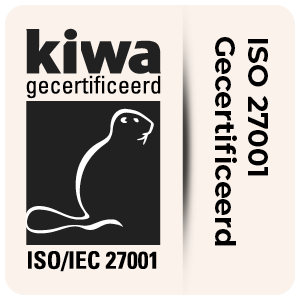The Power of Ambiance, Style, and Interior in Meeting Rooms
In the fast-paced world of business, where decisions are made, strategies are crafted, and crises are averted, the setting in which these meetings take place is often overlooked. Many might argue that a crisis meeting doesn’t need a five-star meeting room design or that a strategic outlook meeting works better in a room with a view. However, we believe that the ambiance, style, and interior of a meeting room are not mere luxuries but vital elements that can significantly impact the outcomes of these crucial gatherings.
Picture this: a stark, sterile room with plain white walls and fluorescent lighting versus a well-appointed meeting room with warm, inviting decor, comfortable seating, and large windows overlooking a beautiful landscape. Which environment do you think would inspire more creativity, collaboration, and effective decision-making? The answer seems clear: the latter.
Ambiance sets the tone for the meeting. When participants step into a tastefully designed meeting room, they immediately sense the importance of the occasion. It’s an environment that fosters focus, engagement, and a sense of purpose. In contrast, a dull, uninspiring room can leave attendees feeling disconnected and disinterested, hindering productive discussions.
Style and interior design can also convey a company’s values, culture, and attention to detail. A well-designed meeting room reflects a commitment to professionalism and excellence, instilling confidence in clients, partners, and team members. It communicates that your organization cares about the quality of the work it produces, whether it’s resolving a crisis or planning a strategic direction.
Moreover, the physical environment can have a profound impact on people’s moods and cognitive processes. Studies have shown that natural light, comfortable seating, and aesthetically pleasing surroundings can enhance creativity, problem-solving abilities, and overall well-being. When facing a crisis, a serene and visually pleasing meeting room can help calm nerves, allowing participants to think more clearly and make better decisions under pressure.
As for strategic meetings, a room with a view offers a unique advantage. Gazing out at a beautiful landscape or cityscape can inspire fresh perspectives and stimulate innovative thinking. It can help attendees break away from the confines of routine and see the bigger picture. This panoramic view can serve as a metaphor for the broader horizons that strategic planning seeks to explore.
The ambiance, style, and interior of a meeting room should not be dismissed as superficial concerns. Instead, they should be recognized as integral components that can significantly influence the effectiveness of meetings, whether they are crisis-driven or focused on long-term strategy. These elements have the power to elevate discussions, enhance collaboration, and promote creativity.
Investing in well-designed meeting spaces is not an indulgence but a strategic decision. It’s an investment in the success of your organization and the outcomes of the meetings that shape its future. So, the next time you plan a meeting, remember that the right setting can make all the difference, and it’s worth considering the ambiance, style, and interior of your meeting room as essential tools for achieving your goals.







































































































































































































































